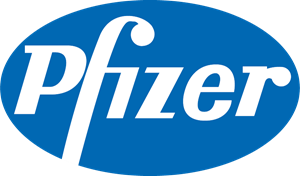How can food affect drugs in the fed stomach?
In patients with a healthy stomach, a high-fat meal can have multiple effects on the stomach and its fluids. These physiological changes can affect how a drug interacts in vivo. Firstly, a higher amount of drug- particularly if it’s water insoluble- can dissolve in the fats of the food. Secondly, food has a big influence on the pH of the gastric fluids which are especially important for pH sensitive drugs. Thirdly, fed gastric state fluids have a much longer residence in the stomach than in fasted state fluids which improve the solubility of water insoluble drugs. The combination of these factors can have a massive effect on how the drug dissolves and is subsequently presented to the small intestine as the stomach contents are emptied. This may influence how the drug is absorbed and its subsequent pharmacokinetics.

Stages of stomach digestion
In-vivo a high-fat meal resides in the stomach for about 6 hours. During this time the stomach starts the digestion process. Stomach lining produces stomach acid and enzymes that break down the meal.
'Early' stomach is generally pH6.0 after having a meal. Once the meal is in the 'mid' stage of digestion, the stomach pH begins to turn acidic and during the 'late' stage, when the stomach empties, the pH will reach 3.0.
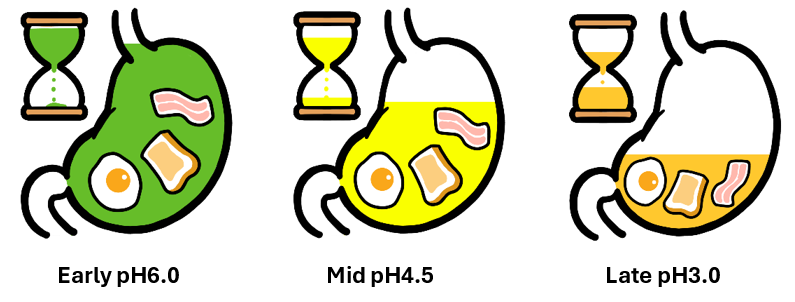
In-vitro FEDGAS (Early/Mid/Late) media simulate the same phenomenon as occurs in in-vivo fed state gastric fluids. Flexible range of pH (i.e. early pH6.0, mid pH4.5 and late pH3.0) buffers with FEDGAS Gel translate the drug behaviour in the fed state. This enables superior matching of a generic test drug to its reference listed drug as well as aiding the development of new drugs by linking in vitro dissolution results with in vivo pharmacokinetic findings.

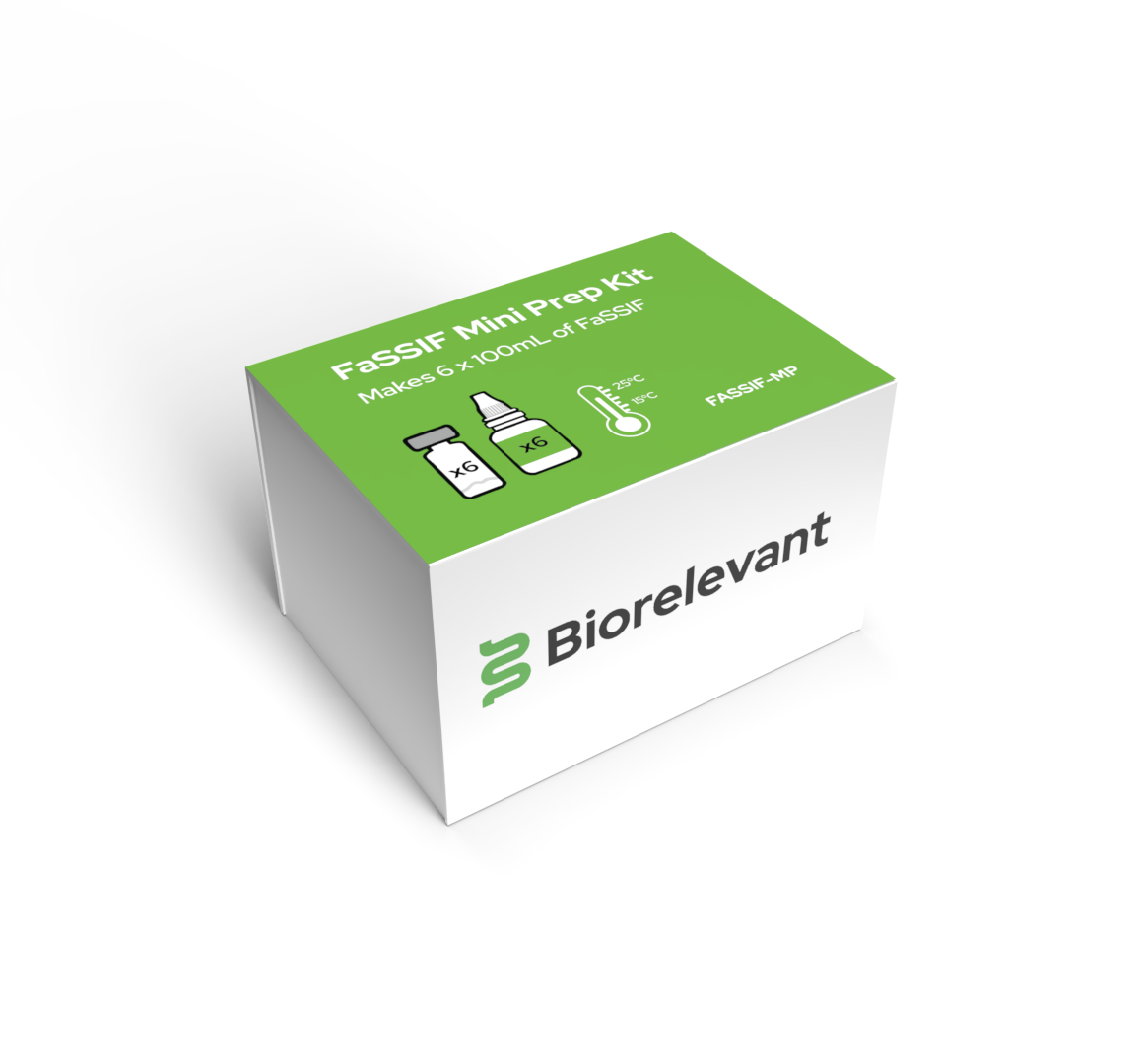
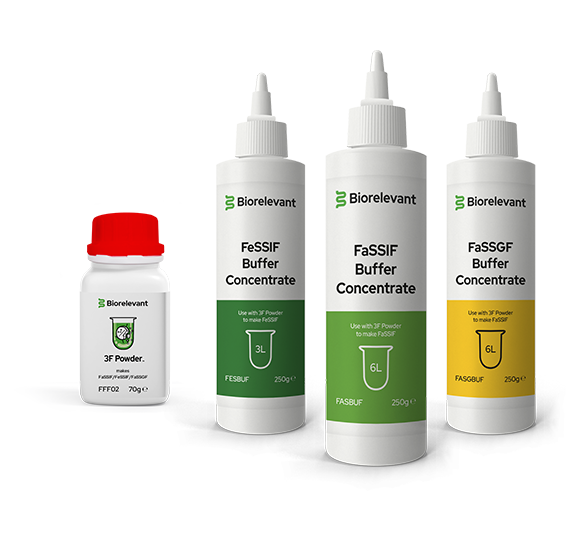
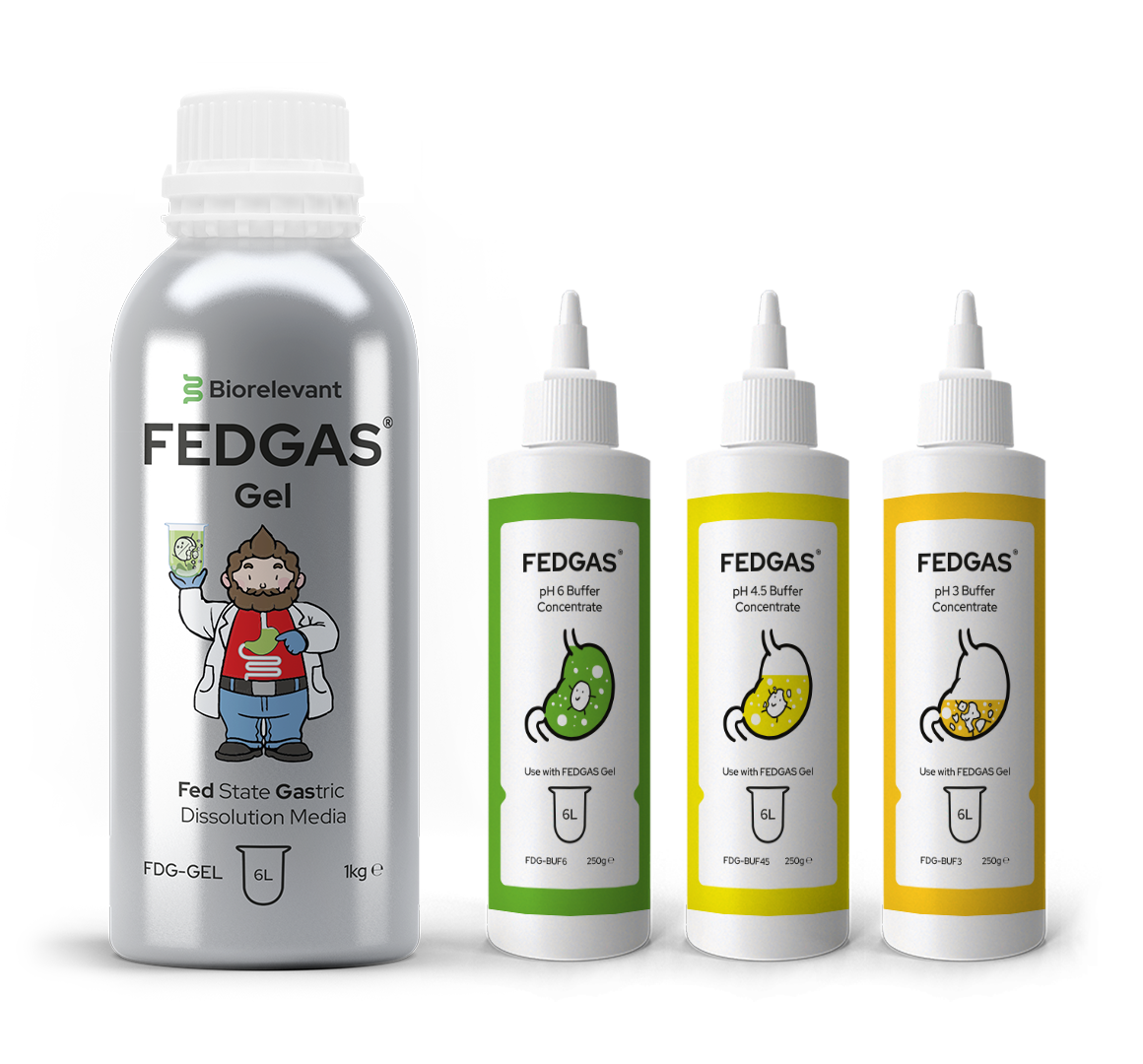
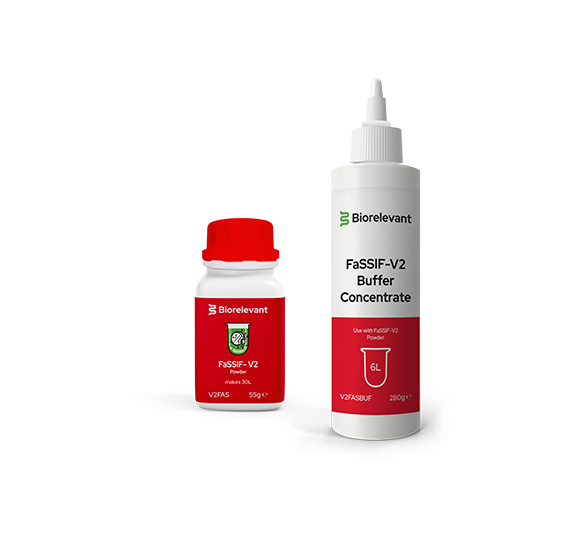
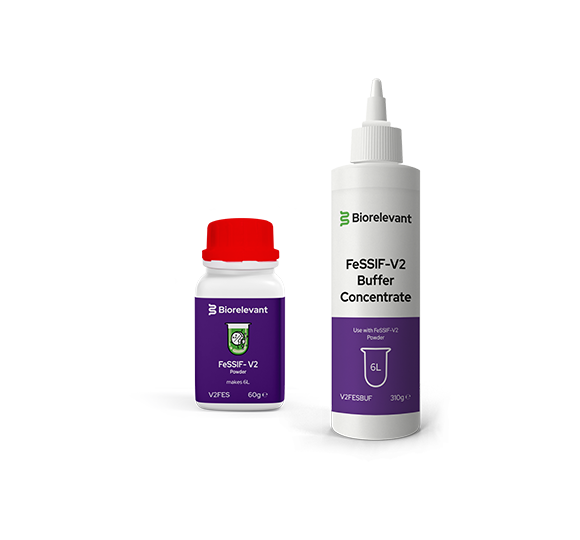


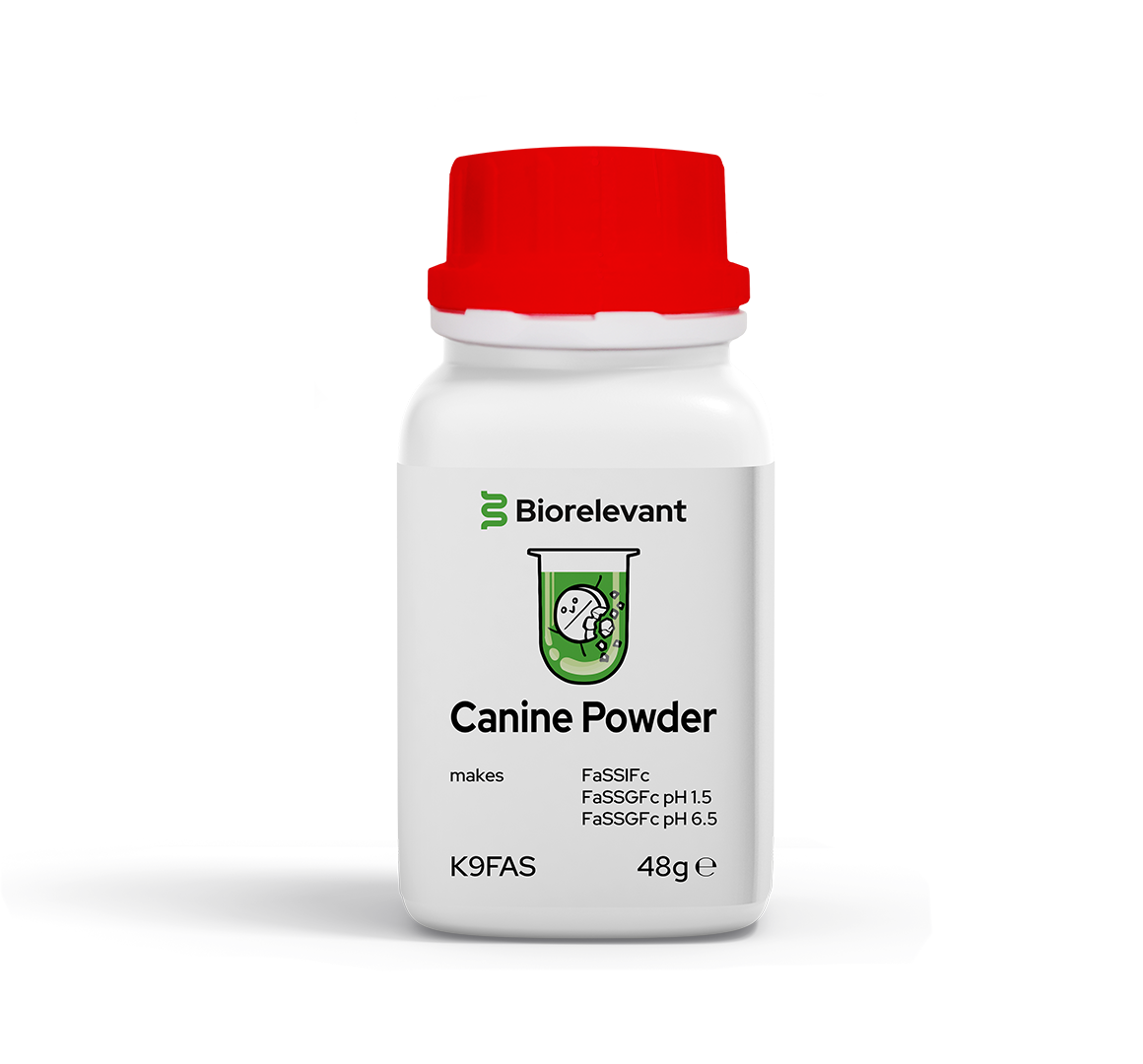
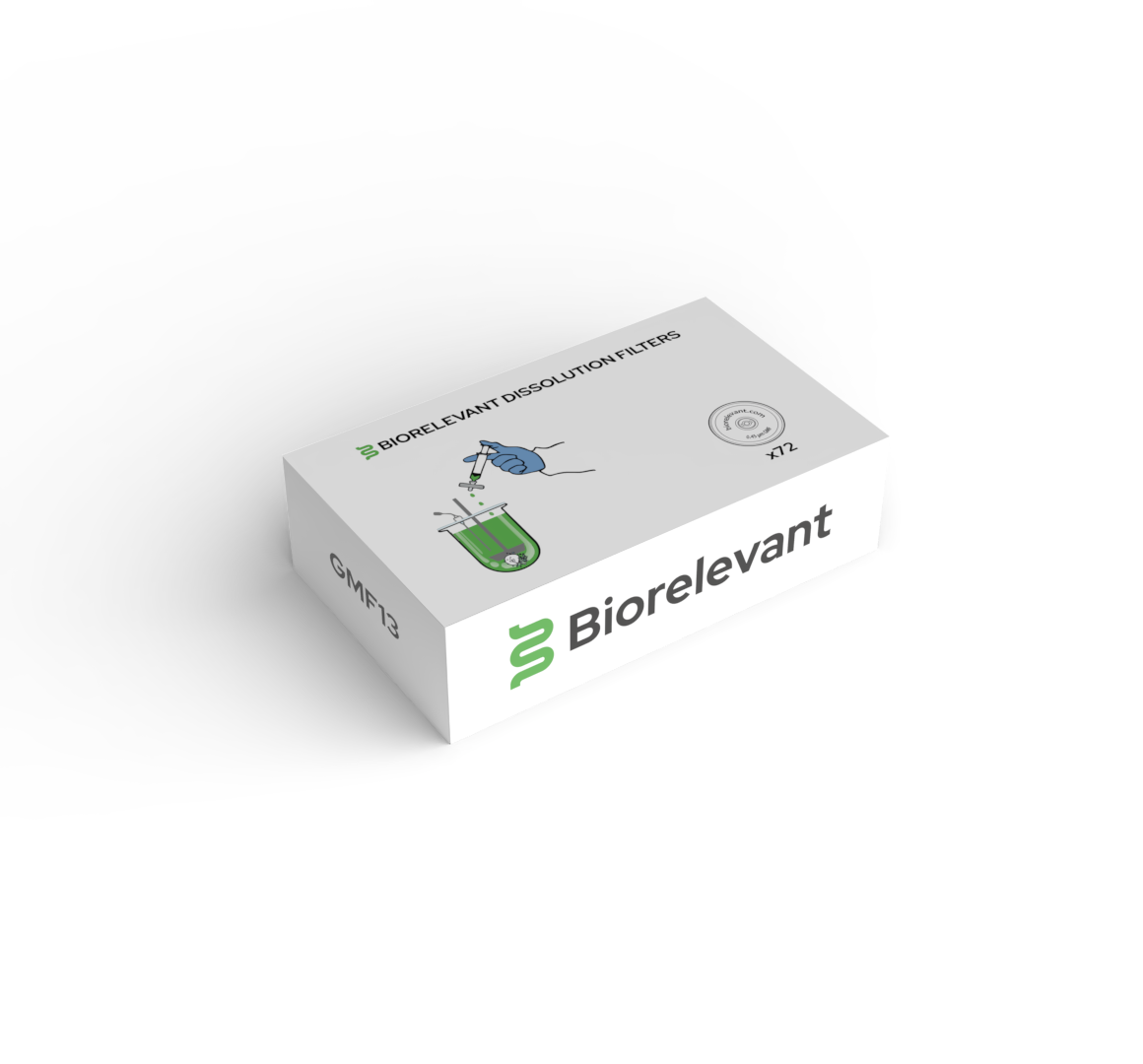
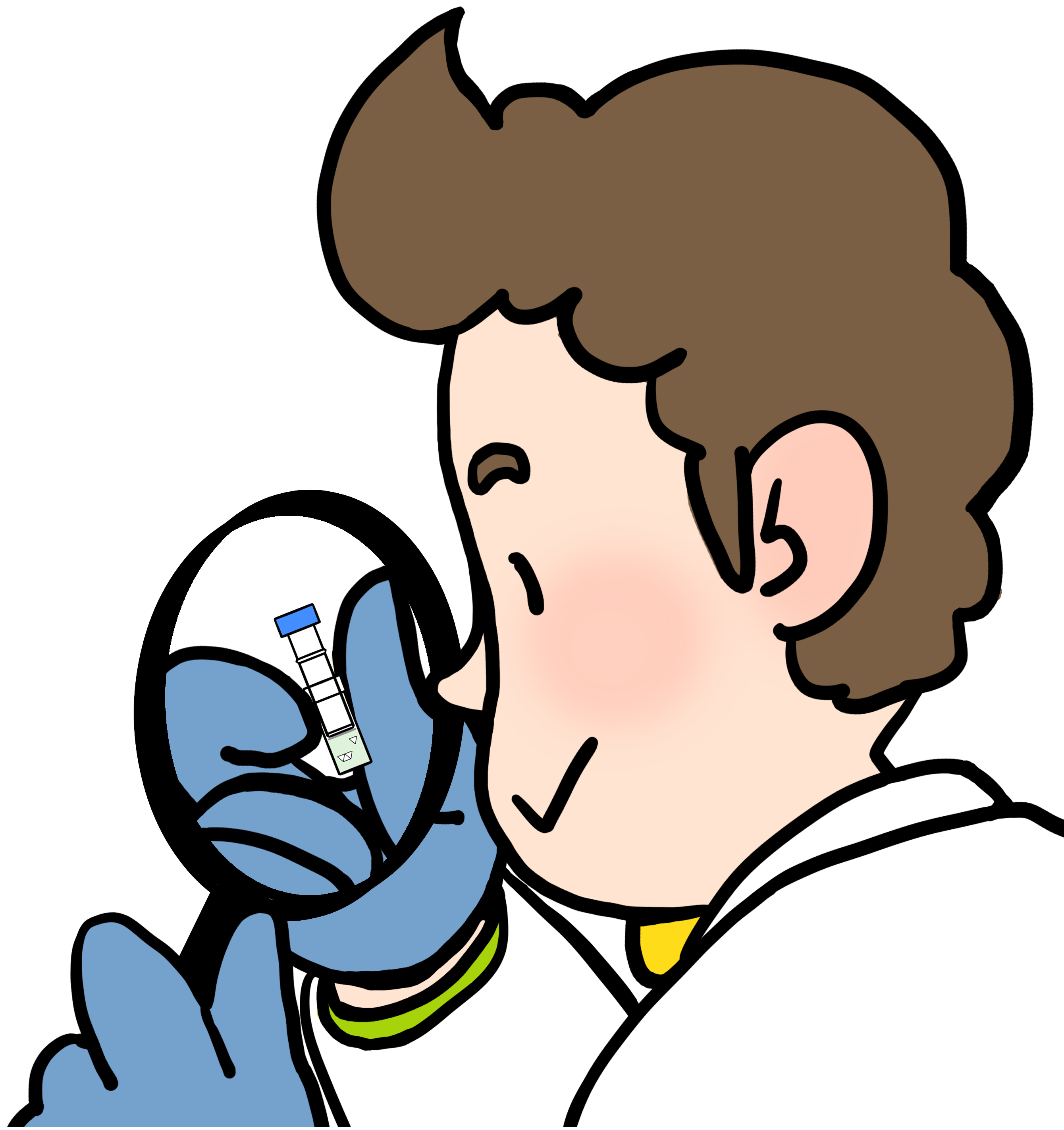
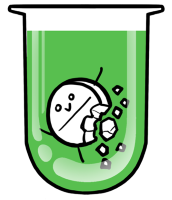






 Home
Home







